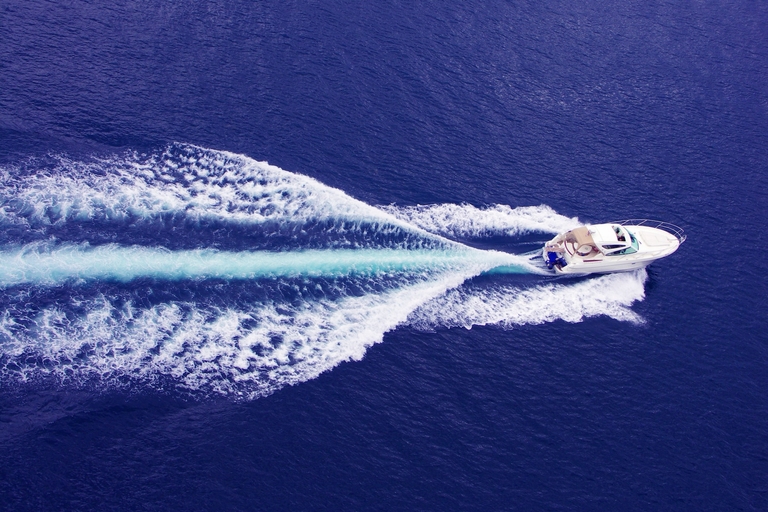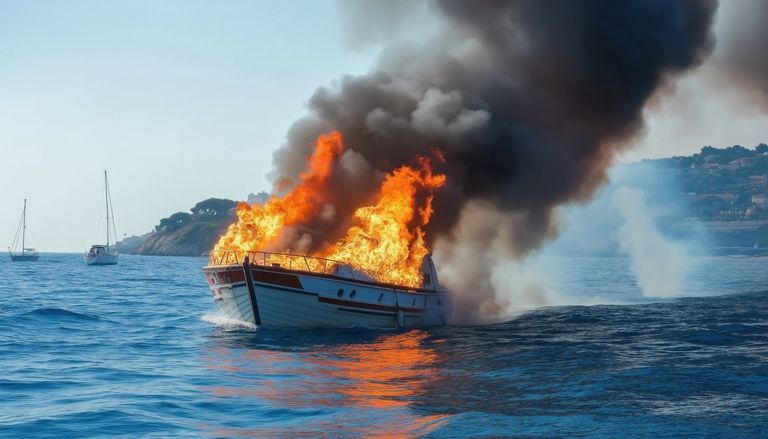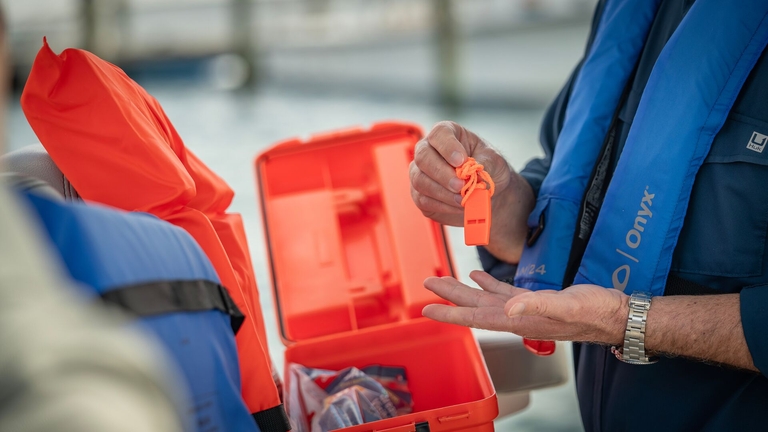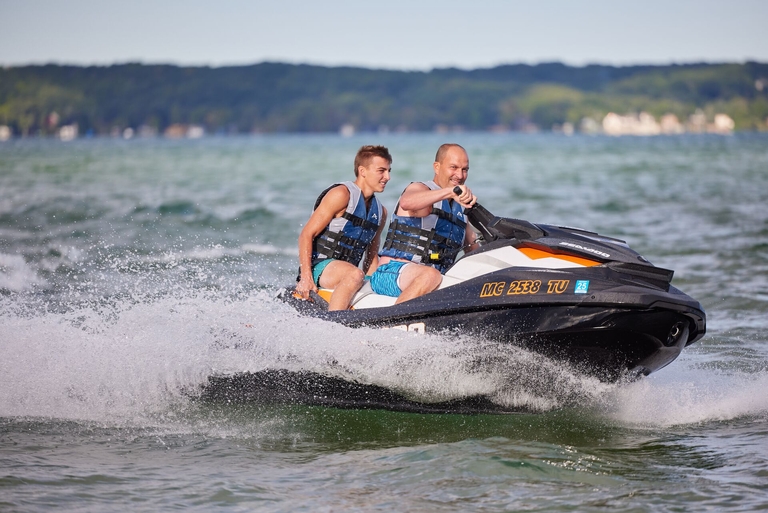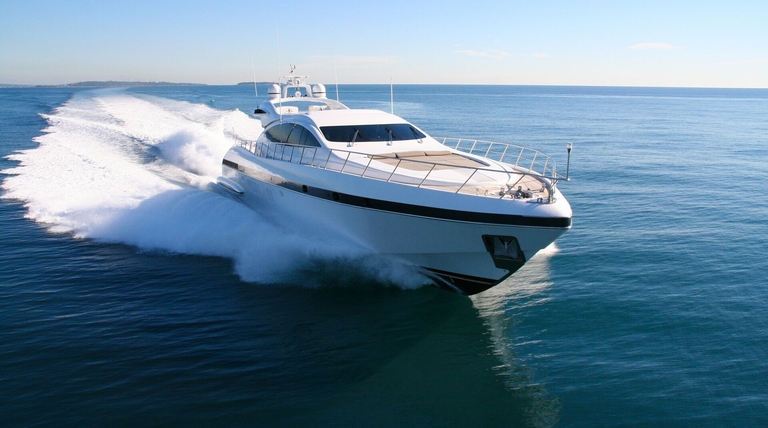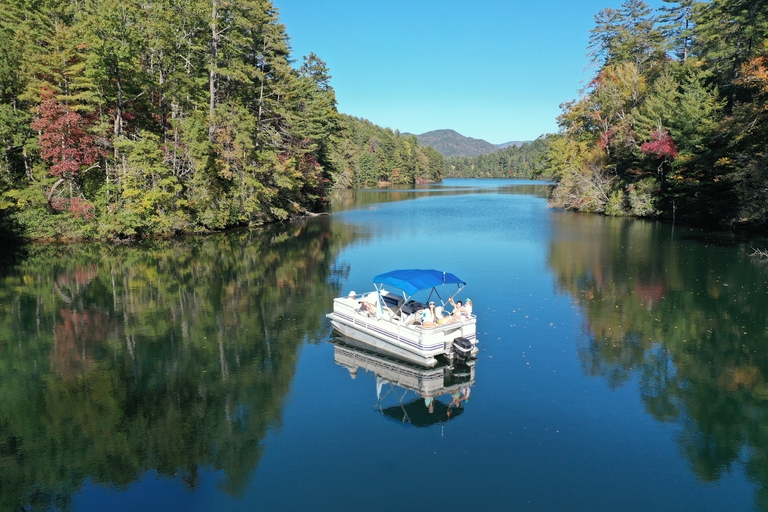PWC: A Guide to Staying Safe When Using Personal Watercraft
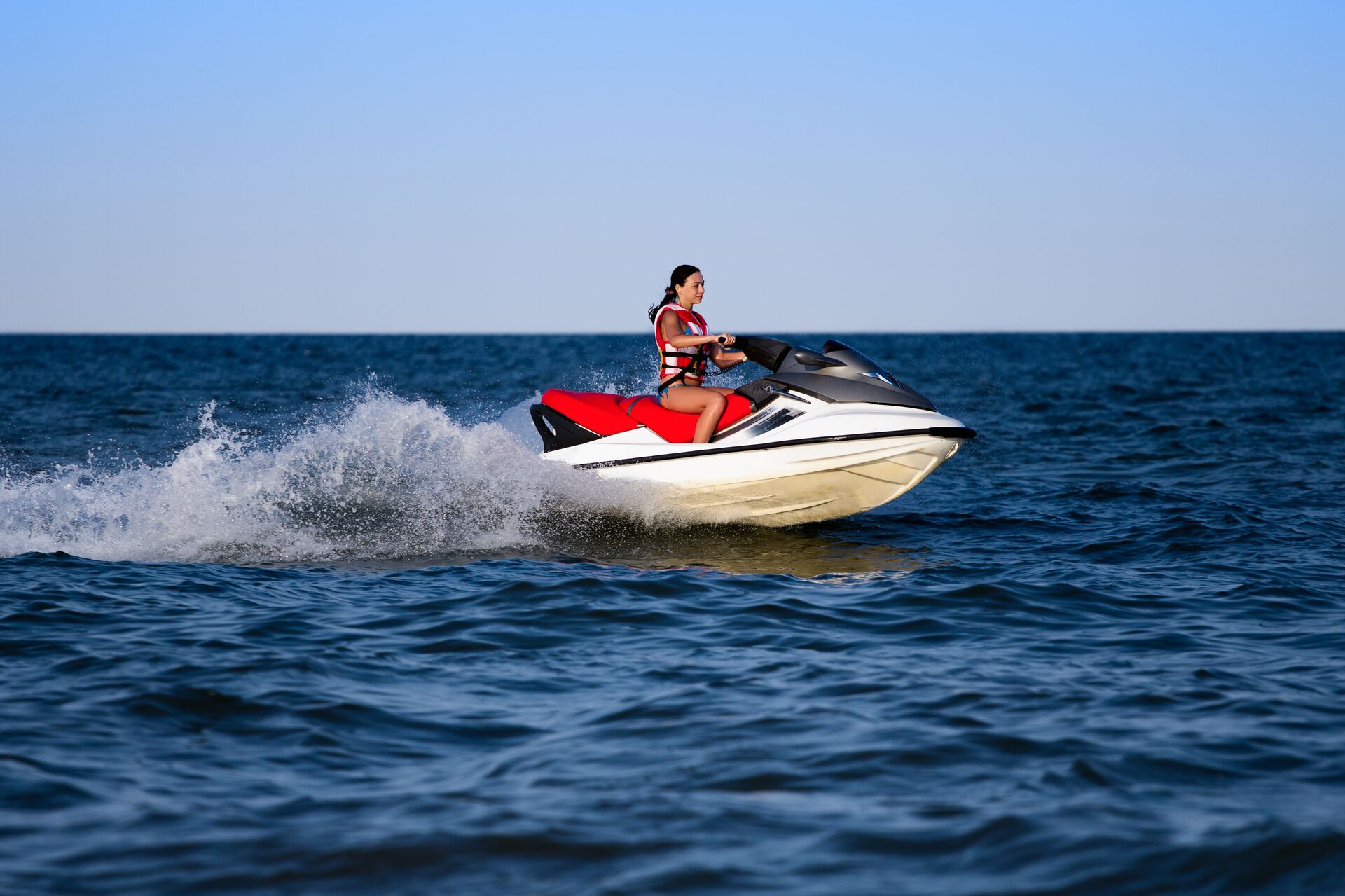
What is a PWC? Personal watercraft (PWC) is another term frequently used for jet skis and similar marine vehicles.
These can be exciting ways to enjoy the water, but you must use them safely. To do that, you'll want to understand how they operate and the safety precautions you should take before heading out on the water.
So, how can you stay safe on your jetski? Keep reading for our guide to staying safe on your PWC!
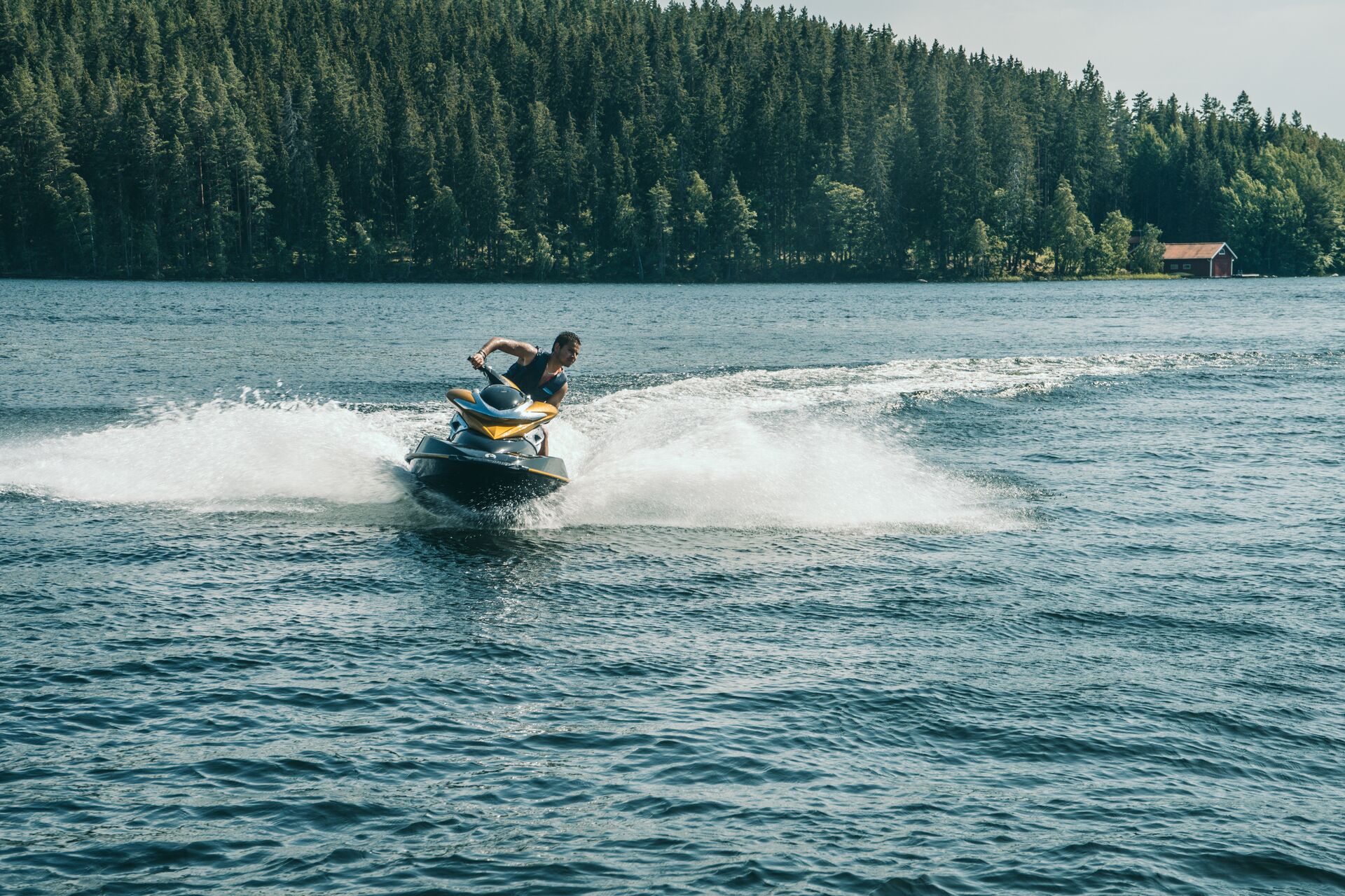
Understand Your Watercraft
The first thing you should do with any watercraft you'll be operating is familiarize yourself with the controls.
Before taking your PWC out on any waterways, read the manual and learn the controls, features, and capabilities. Every watercraft is a little different, and you want to avoid searching for important control in a situation where you must act quickly.
Also, make sure you regularly maintain your watercraft so it stays in good working condition. Look for signs of wear and tear, perform regular maintenance checks, and get any problems repaired before you go out on the water again.
Your attention to maintenance will not only give you more peace of mind when operating your WaveRunner but will also help you and others stay safe and have more fun.
Gear Up for Safety
Wearing the proper gear is a big part of safe watercraft adventures. For example, choose a U.S. Coast Guard-approved life jacket for everyone riding.
Most personal watercraft carry one or two people, but some three-seater options exist. Drivers and passengers need life jackets that fit correctly and are in good condition.
A safety lanyard is another essential piece of gear. It attaches to your wrist or life jacket and will stop the watercraft's engine if you fall off. This helps you get back to your craft more efficiently and prevents it from continuing to move across the water, which could put others at risk.
You and your passengers can also benefit from wearing protective clothing. This typically includes a wetsuit or dry suit, gloves, and non-slip shoes. While many people like to ride in bathing suits or barefoot and shorts, those clothing choices don't protect against the elements and potential injuries.
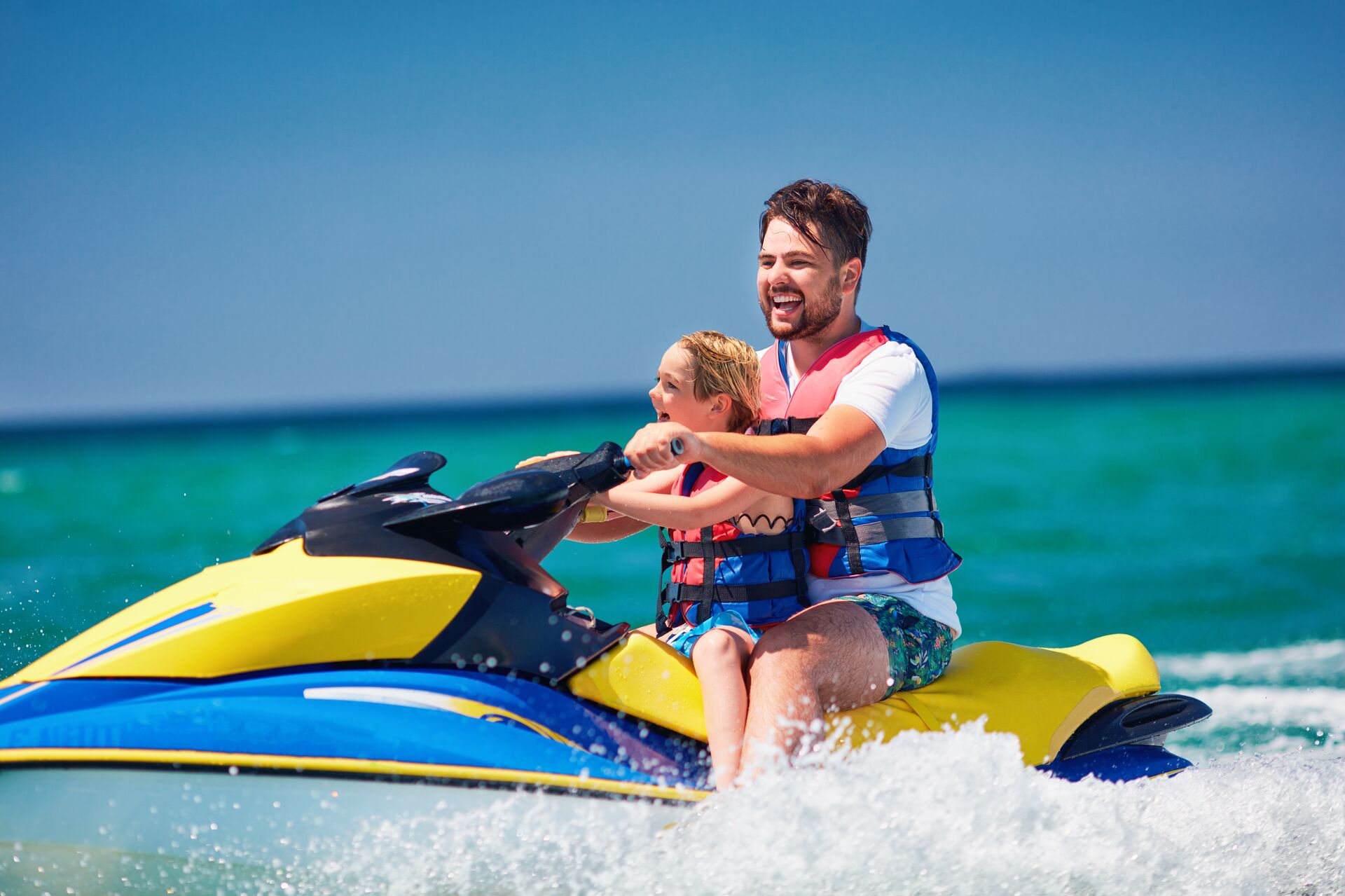
Know the Rules and Regulations
Take the time to learn the local boating laws, including age restrictions, speed limits, and no-wake zones. Many areas also require a boating license or safety course certificate, which you want to know before getting into the water.
Be sure to follow all the legal requirements for the area you're riding in to help keep yourself and others safe.
Conduct a Pre-Ride Safety Check
A pre-ride safety check is vital to owning and enjoying any personal watercraft. This check includes inspecting your PWC and the oil and fuel levels. Also, ensure all the controls are working correctly so you don't have unnecessary risk.
Additionally, check the weather and avoid riding in poor weather conditions. High winds, rough waters, and storms can be dangerous and add a level of risk that's best avoided.
Even if you were looking forward to your day on the water, don't take chances if bad weather is predicted.
Stay Safe On the Water
Once you're out on the water, there are still safety considerations to remember. For example, it's vital that you stay alert and aware of your surroundings.
This includes looking out for boats and other personal watercraft, swimmers, and obstacles. Keep a safe distance from others, and don't wake jump near other vessels.
Maintaining a safe speed matters, too, especially in crowded or unfamiliar areas. PWC operators must follow posted speed limits and adjust their speed according to the current conditions.
Additionally, if you encounter rough weather, you may need to travel slower than you would on a bright, sunny day.
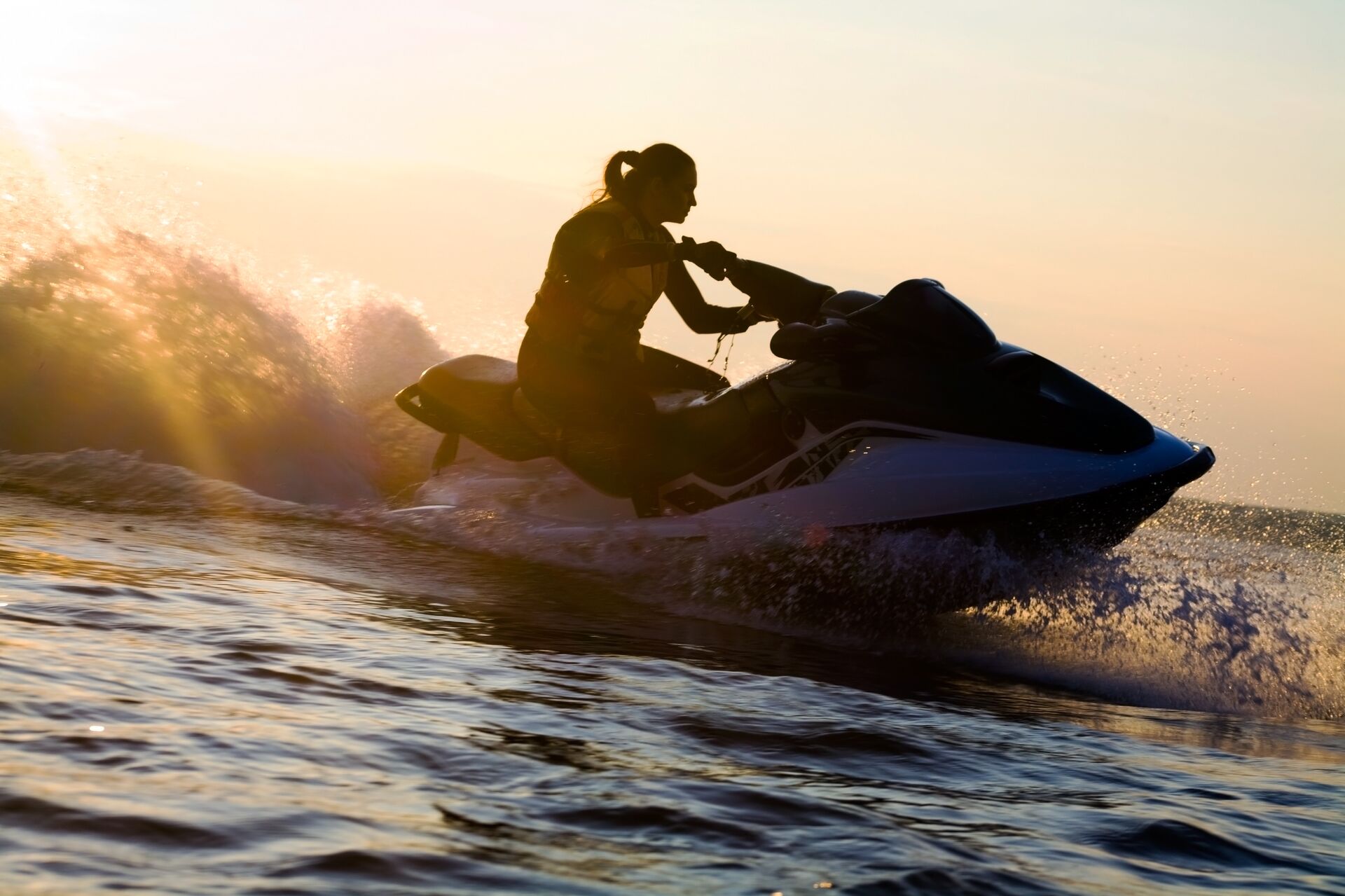
Be Prepared for Emergencies
No one wants to deal with an emergency on the water, but sometimes, they happen. Being prepared is critical to reducing the risk of a minor problem becoming a major one.
Make sure you carry communication devices, such as a waterproof phone or radio, so you can call for help in an emergency.
Also, have a basic first aid kit on board to handle minor injuries, and provide a float plan by informing someone onshore about your trip details. Let them know the general area you'll be in, along with your approximate departure and return times.
Avoid Alcohol and Drugs
Staying sober is the right choice when you're operating a personal watercraft. It's illegal to operate your watercraft under the influence, and it's also hazardous.
If you want a drink or two, save them for after your ride. It's the safest choice, and it helps protect other riders, too.
Be Mindful of the Environment
Taking good care of the environment is a great way to keep it enjoyable for everyone who boats, swims, or rides watercraft in the area. It's also a meaningful way to protect the area's wildlife.
Avoid disturbing marine life, respect wildlife areas, and be mindful of your wake to reduce shoreline erosion.
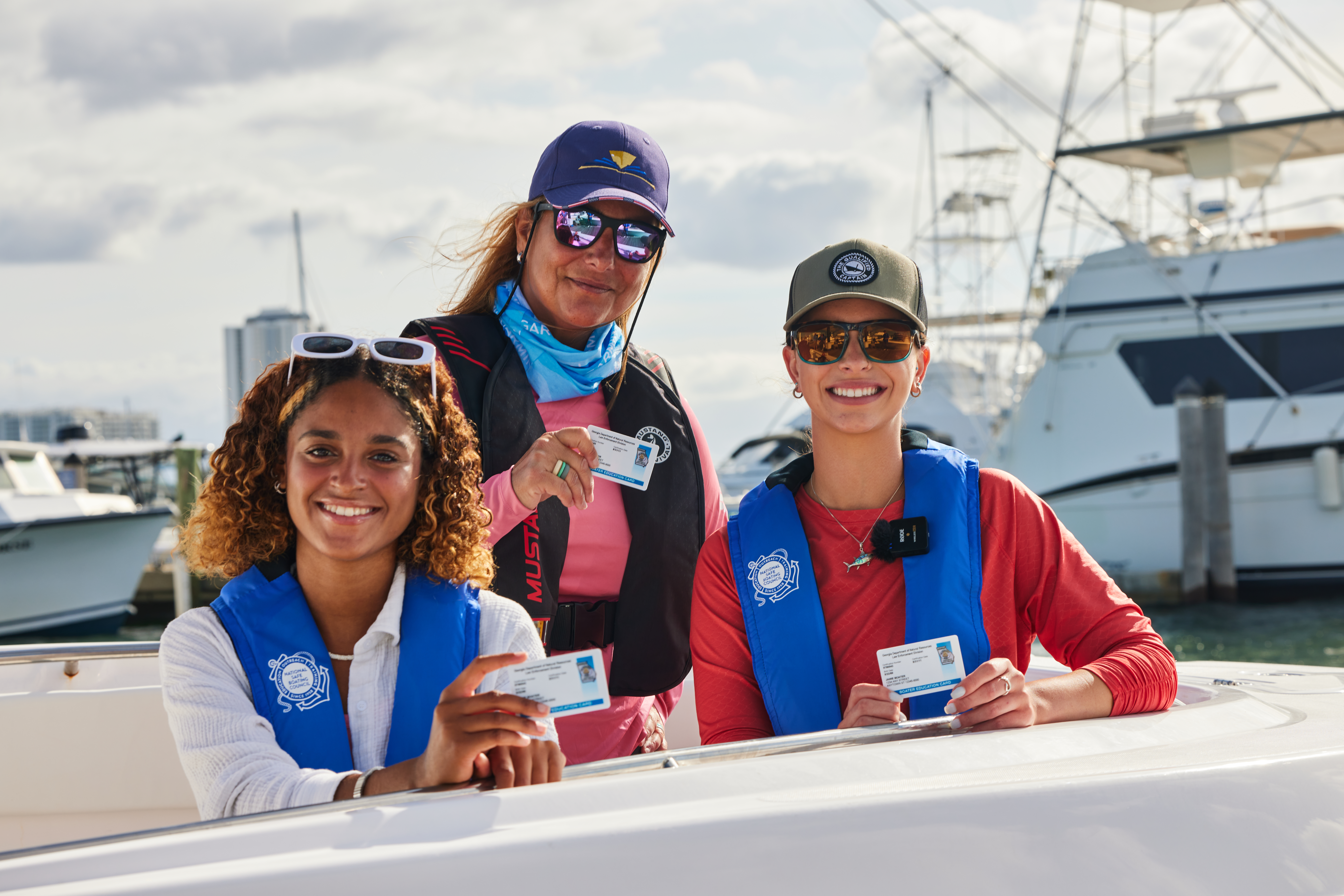
Boater Education Helps You Stay Safe on a PWC
We hope this guide helps you stay safe and enjoy your personal watercraft this season! Operating a PWC with these guidelines in mind helps you and your passengers enjoy more days and fun on the water.
One of the best ways to stay safe is to take a boater education course through Boat-Ed. It's not just for boats! Our courses feature a section on personal watercraft safety, including things to check before hitting the water, steering and stopping, reboarding a capsized watercraft, and more.
So, whether you ride a personal watercraft or enjoy time in your boat, remember to get safety certified through Boat-Ed before heading out on the water. It's a great way to gain more confidence when operating your vessel and learn more about how to keep yourself and others safe.
Find the course for your state or choose our course for Canadian boaters and start learning through our free online study guide.

